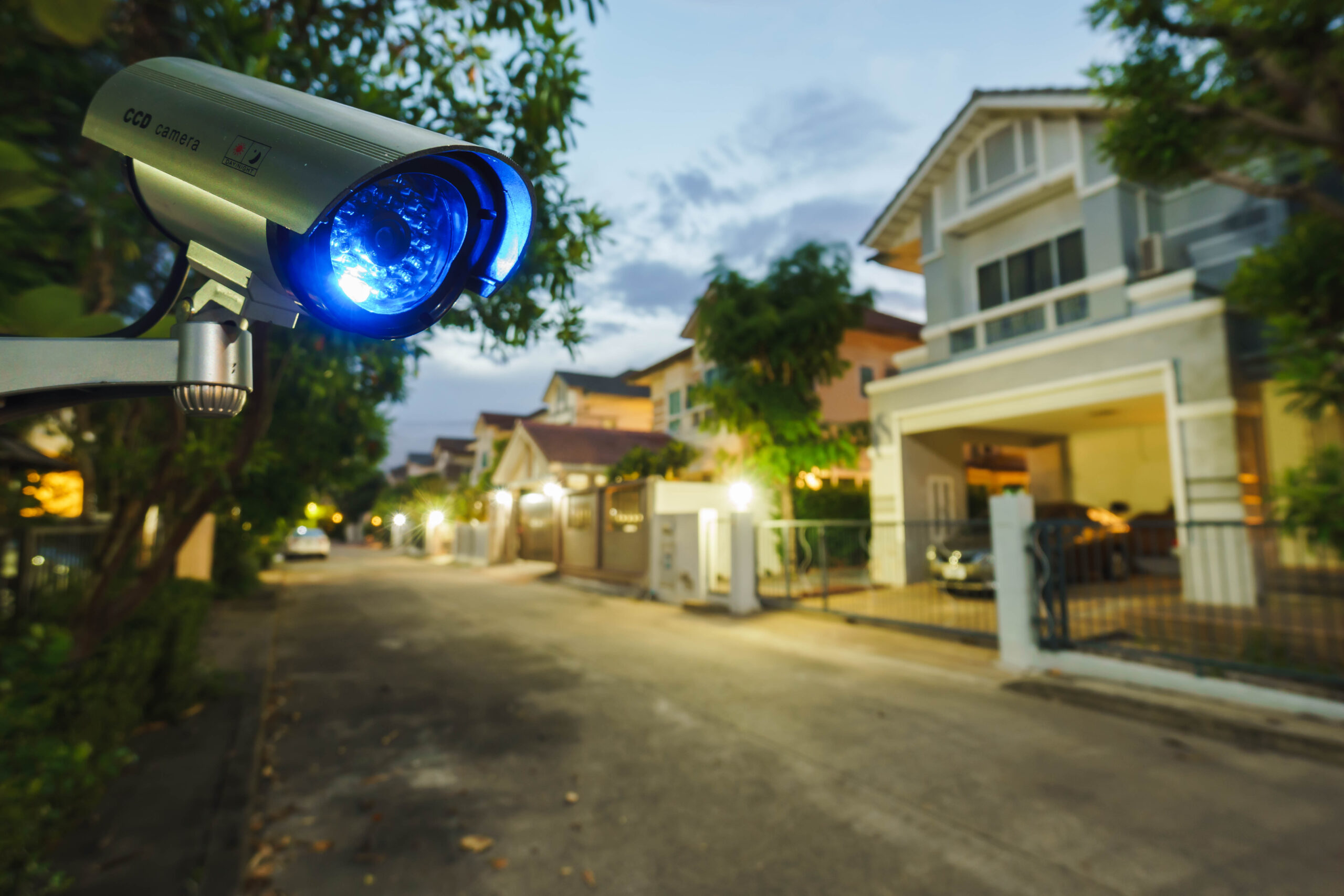by Brittany Shideler
Imagine sitting on the couch, enjoying the latest episode of that hot new sitcom, and WAM! Everything shuts off. TV, lights, clocks. Now what? The following are steps to prepare for a power outage and what to do during one.
Before a power outage happens, create a list of items that may be useful to have on hand, such as an emergency kit, extra supplies of non-perishable food and bottled water, multiple flashlights and batteries. Install carbon monoxide detectors with battery back-ups, and consider purchasing a generator. Keep gas tanks full and charge phones, computer devices and power banks.
When a power outage does happen, first locate a flashlight and address the highest priority needs. Is the temperature outside extreme? Regulate temperature control with a generator or relocate to a friend or family member’s home that still has power. If these are not options, consider a hotel with power or an emergency community center. Take pets along, as they are also susceptible to hyperthermia and hypothermia. Many community shelters will require pets to have up-to-date vaccination paperwork if they are allowed. Never use a gas stove or grill to provide warmth, and never use a generator inside, as these both increase the risk of carbon monoxide poisoning. Generators should only be used outdoors and away from windows.
For those with medications or medical equipment that require refrigeration or power, preparation ahead of time can make a tremendous difference. Discuss medical needs with a doctor before a power outage occurs. Find out:
- How long medications can be stored without refrigeration?
- Backup power source options for equipment, such as generators and backup batteries.
- Any other factors the doctor thinks are essential to consider before a power outage.
It is critical for those who are relocating to remember to bring their medicines and medical equipment with them.
If environmental conditions allow a family to stay in their home, it is crucial to keep refrigerators and freezers closed, except to place a thermometer inside quickly. A thermometer will determine if the food is safe to eat once the power has been restored. If the doors are kept closed, a fridge will keep food cold for approximately four hours, and a full freezer will keep its temperature for about 48 hours. If the outage is projected to last longer than these timeframes, coolers can be used if ice is frequently replenished. If there are any doubts about whether the food is safe to eat, throw it out.
Next, turn off or disconnect electrical devices. When the power is restored, a power “surge” could cause damage to
these devices. Quality surge protectors can be helpful, but they can fail, so unplugging appliances and devices is the best option.
Visit Ready.gov for more details and resources on preparing for emergencies.








Leave A Comment